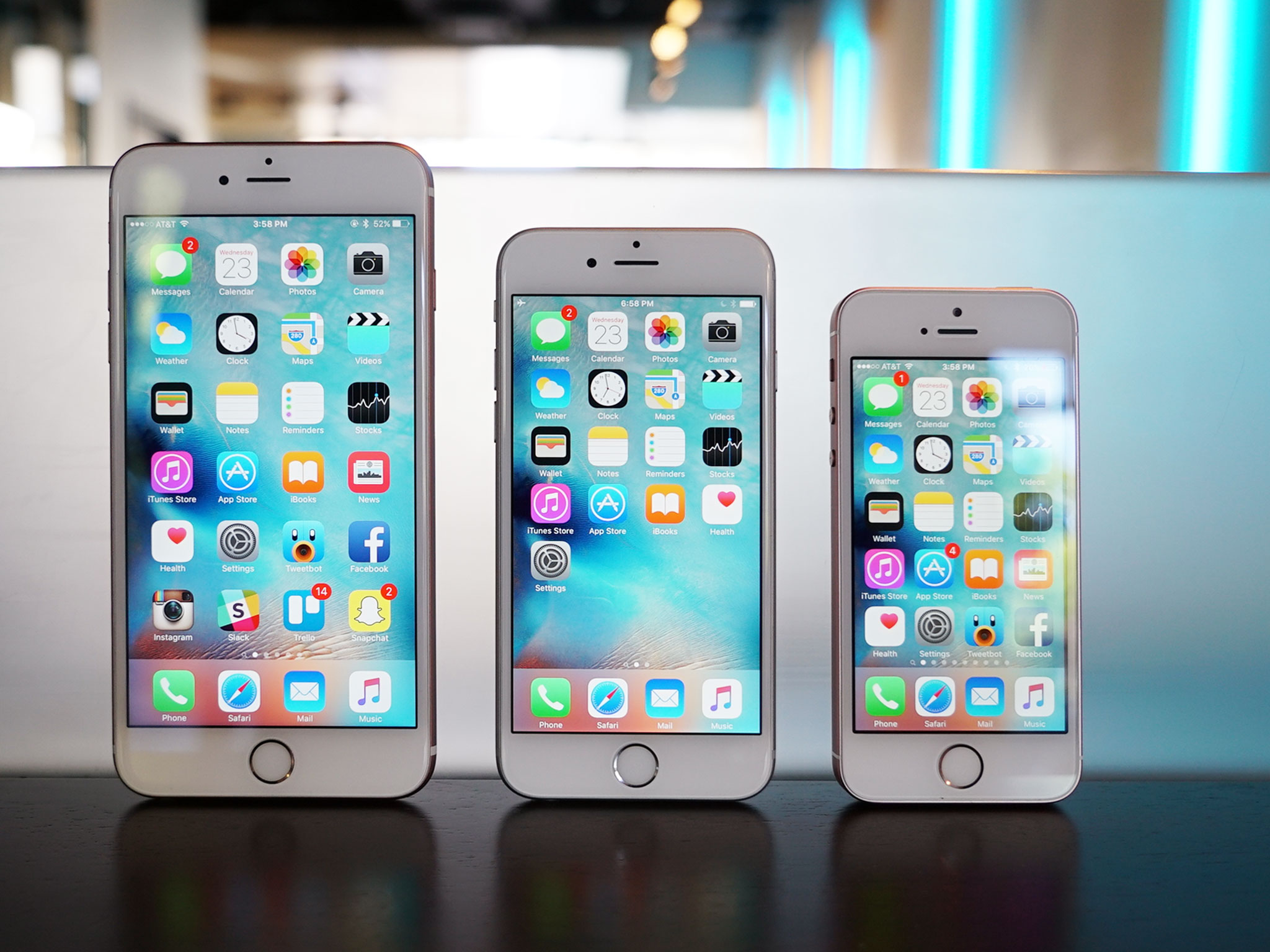Smartphones are really getting much better at taking photos.
Our smartphones cameras has gotten amazing improvements these years. Many peoples these days uses their smartphones to capture the world they see. The little cameras on the back of our smartphones has became so much advanced and has reached at point where they may not be able to get any better without a total redesign of a whole phone.
Smartphones camera quality depends on the quality of their lenses,the quality of their sensors, and the smarts locked up in their autofocusing/exposing brains.
Here is the list of smartphones with best cameras in the world;
5. Sony Xperia Z5
The Sony Xperia Z5 was the first new Android flagship released
in 2016, and it has its fans. Sony has a good reputation in the smartphone
camera business, and DXOMark claims this one's among the best in the world.
When it came out in early February, ahead of the other 2016
flagships, it was among the better Android cameras yet released. However, we
strongly disagree with the high ratings from DXOMark and other sites.
The Sony Xperia Z5 wants very badly to be an excellent
smartphone camera. Sony can boast some impressive specs for its flagship
device: 23 megapixels and a 0.03-second autofocus sound pretty impressive. Sony
calls them "revolutionary" in its advertising.
But in reality, this is the most disappointing of all this
year's flagship phones. Chasing unnecessarily high megapixel counts off a cliff
can ruin a device; the more pixels you squeeze onto a sensor of the exact same
size, the more you risk degrading their quality. The Xperia Z5 tends to
overexpose shots and blow out highlights and shadows. Its f/2.3-aperture lens
lets in less light than any other camera on this list, and the autofocus time
wasn't even close to 0.03 seconds in our experience.
(Aperture refers to the width of the hole in the lens
through which light can pass. Lower numbers mean bigger holes, more light, and
nice blurry backgrounds.)
The Z5 is a fine phone, and it's better than most older
phones when it comes to photography. But there's better options out there.
Price- $468
4. LG G5
LG seems to love running with good ideas before it's thought
them all the way through.
The G5 is the first smartphone to feature two cameras for
different focal lengths, putting it at the front of an inevitable trend. It
also offers modular accessories like the Cam Plus to improve your shooting. If
smartphone cameras are going to leep getting better, they're going to need to
function more like DSLRs, with several sensors and lenses for different
situations. So conceptually, the G5 is a little bit brilliant.
But in practice it doesn't quite get there. LG's decision to
make the second lens extra-wide turns it into a bit of a gimmick, the
16-megapixel, f/1.8 main camera can't stand up to other smartphones in our
tests, and the Cam Plus didn't work when we tried it.
Price-$650
3. HTC 10
Any other year, the brand-new HTC 10 would have had a good
run at the top of this list. Its f/1.8-aperture lens produces an excellent look
and texture. The 12.1-megapixel sensor has a great dynamic range (the range of
highlight and shadow detail it can capture in one shot). And the autofocus is
fairly zippy. In fact, on a pure hardware level it outclasses the No. 2 camera
on our list.
However, this is the year of truly astonishing smartphone
cameras. And the HTC's minor flaws keep it locked in the third spot on this
list: Its dynamic range doesn't quite match the best smartphone on this list,
and left to its own devices it tends to overexpose images more than our top two
picks.
That said, if you're the kind of photographer who adjusts
the exposure before each shot, this may be a better option than No. 2 on
account of its superior glass and sensor.
Price-$700
2. iPhone 6s/6s Plus/SE
In 2016, the iPhone fell from its usual spot on top of the
smartphone photography food chain.
The camera currently featured on the iPhone 6s, 6s Plus, and
new iPhone SE has started to show its age. But it's still a powerful
photographic device.
Here's the bad news: The f/2.2 lens has started to look a
little outdated next to some of the better Androids. And the iPhone's habit of
comparatively muted, low-contrast images, which once offered a big advantage
over too-bright, too-saturated Androids, has become a liability as brands like
HTC, Samsung, and even LG capture bold colors without losing quality.
However, the good news for Apple is that the excellent
dynamic range, sharpness, cinematic texture, and sheer smarts of the iPhone let
it cling on to that No. 2 spot. It won't make the best possible images of any
smartphone, but it's much easier to get a good shot with than the HTC 10 or LG
G5. So those "Shot on an iPhone" billboards aren't entirely
misguided.
Pricing,
6s: $650
6s Plus: $750
SE: $400
1. Samsung Galaxy S7/S7 Edge
You can debate whether Samsung's Galaxy S7 is the best phone
ever made. But there's no question that the rear camera used in this phone is
the best ever installed on a smartphone.
This is the 12-megapixel, f/1.7 shooter that dethroned the
iPhone in our head-to-head test. It simply features the best dynamic range ever
on a smartphone camera, the widest aperture ever on a smartphone camera (to let
in more light), the best texture and contrast ever on a smartphone camera, the
best low-light shooting ever on a smartphone camera, the fastest autofocus ever
on a smartphone camera, and you can even shoot with it underwater (kind of).
All that and it hardly ever overexposes or mis-colors an image.
If you're buying a smartphone based on camera quality, there
is no question that this is the one to get.
Pricing,
S7: $645
S7 Edge: $750






Comments
Post a Comment